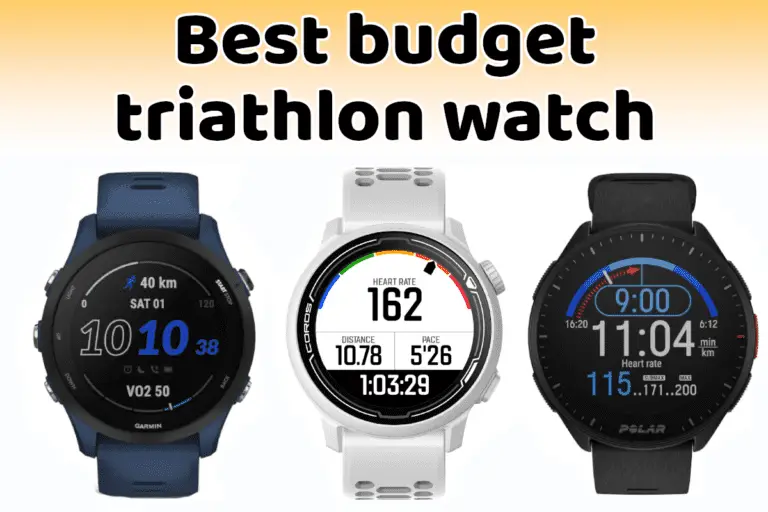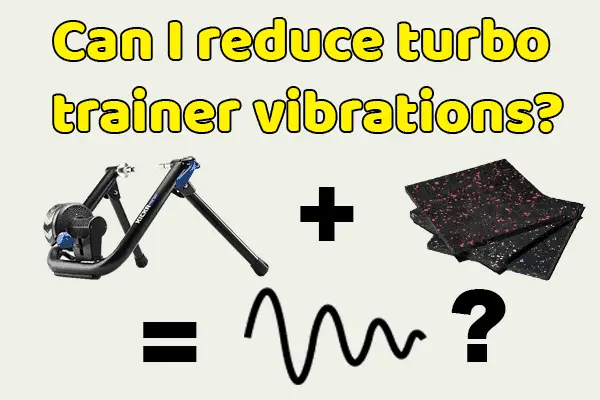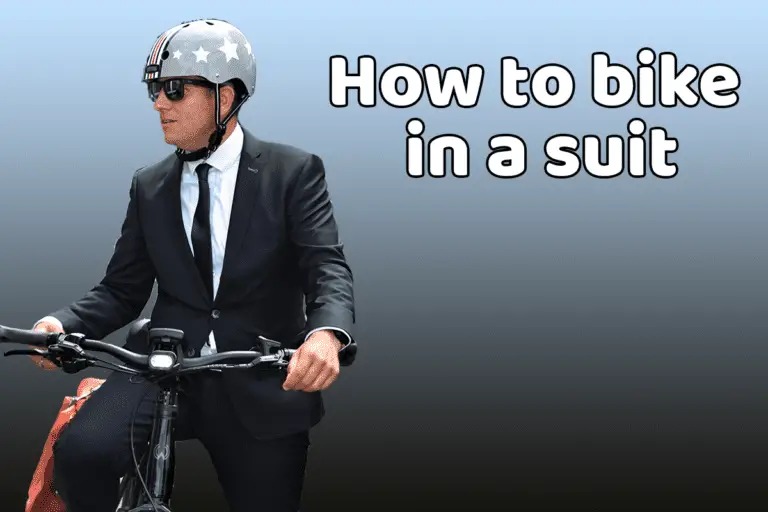Why do triathlon bikes have aero bars? (+ Watts saved)
Share on:
Triathlon bikes have very different designs from road bikes. What is really noticeable is the aero bars included in the design of the bikes. Did you ever wonder why they are designed with aero bars? And if buying area bars for your bike is worth it?
Triathlon bikes can have aero bars for all draft-illegal competitions to provide the maximum aerodynamic advantage to the athlete. This is not possible for draft-legal competitions for safety reasons.
Let’s dig into the details. I will explain why triathlon bikes use aero bars, in which context, and if they are worth it for you to get for your next races.
Aero bars and road cycling rules
Aero bars are used on triathlon bikes to help cyclists go faster by improving their aerodynamic. They are not allowed in all types of triathlon events. We will see this later in this article.
Road cycling events under UCI rules only allow aero bars (to some extent) in time trial races. Indeed, road cycling races are draft legal races where cyclists ride in pelotons and with a team. It relies on the team’s tactics and use of the draft to their advantage. Road cycling is a sport very structured by the UCI where the rules about bikes designs and associated equipment are very strict and very enforced. They aim to make sure the best rider can win rather than the cyclist with the most efficient technology on its bike.
Are aero bars allowed in triathlon?
Aerobars are allowed in triathlons when draft is forbidden. Draft legal races do not allow aero bars for safety reasons. As a general rule, triathlons have a much less strict policy against aero bars or anything that improves aerodynamics compared to road cycling.
Triathlon is not regulated the same way as road cycling. Triathlon is a much younger sport, and at the time aero bars were first designed, it was not a sport fully regulated under strict rules. So pros started using aero bars to their best advantage in order to go faster and faster. With time it got included in the rules of triathlon. In a similar way, non-traditional bike designs are authorized for triathlon races to get the best possible aerodynamic advantage.
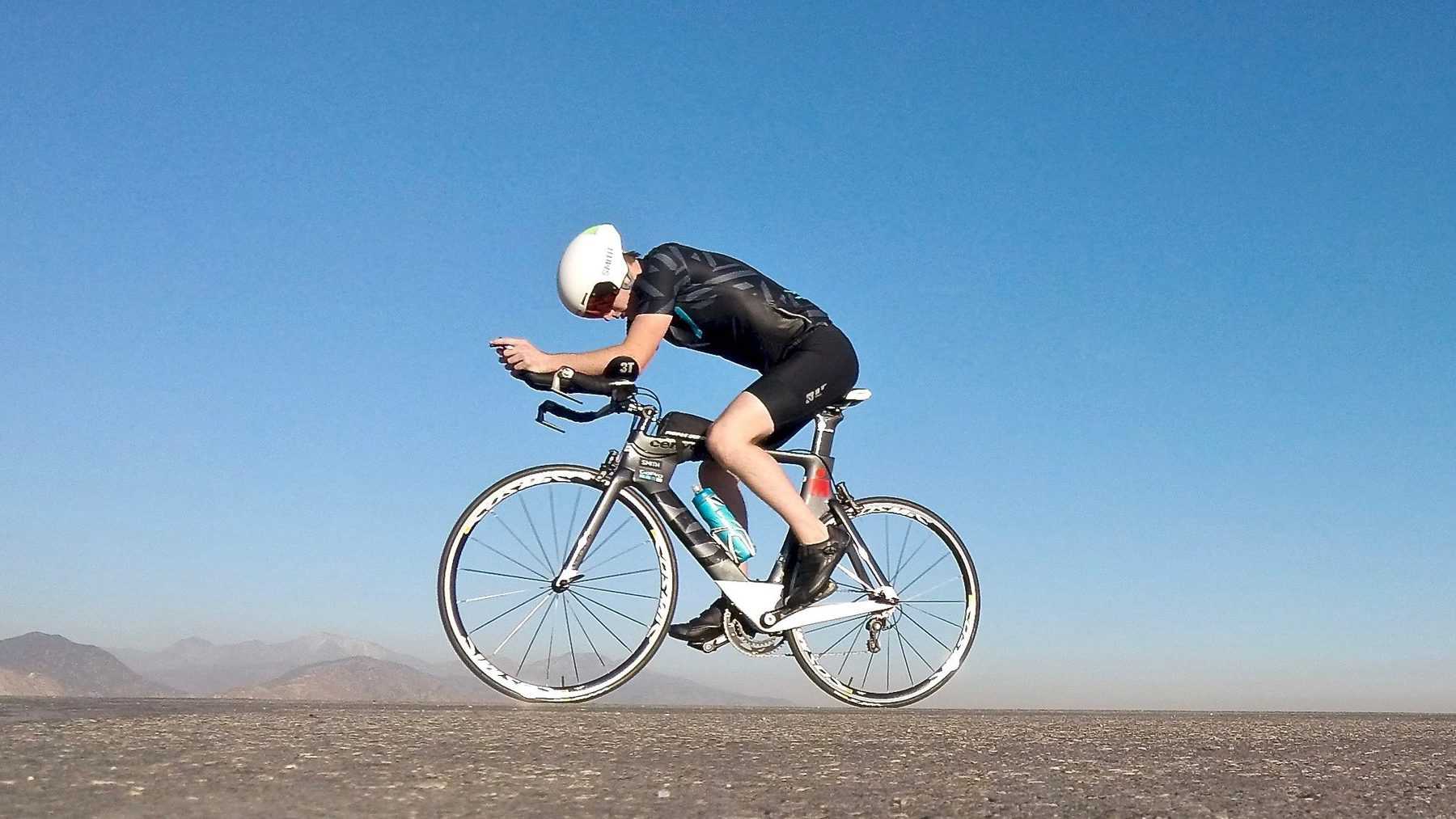
However, aero bars are not fully safe as they reduce the athlete’s visibility and the position is less stable than with standard handlebars. So aero bars are now only allowed in draft-illegal races to make the events safer. Some exceptions exist and will be explained a bit later in the article.
So, triathlon events under draft-illegal regulation are one-person effort races, where the rider has to prove the stronger and the faster relying only on the aerodynamic of its bike and position. These positions are quite uncomfortable and very challenging to hold for a long period of time, making triathlon events even more impressive to watch.
Draf-illegal definition
Using aero bars can be dangerous while riding with others, this is why it is only allowed in non-drafting events. It works very well with the concept of draft-illegal races where you must at all times be ten meters away from other cyclists, making the use of aero bars safe.
“The bicycle draft zone will be 10 meters long measured from the leading edge of the front wheel. An athlete may enter the draft zone of another athlete, but must be seen to be progressing through that zone. A maximum of 20 seconds will be allowed to pass through the zone of another athlete”
World Triathlon regulation
Draft-illegal triathlon races
For Age-group triathletes, most events are under draft-illegal rules, meaning you can have aero bars during the event. In this case, you are allowed to use clip-on aero bars (short ones also) and specific handlebar sets with built-in aero bars. There are no restrictions on the type of aero bars you can use in these types of events.

Team relays are draft legal and super sprint triathlons can be either. Just check the rules of your events. All other events will allow bikes with aero bars.
Draft-legal triathlon races
For draft-legal triathlon races, age-group triathletes are not allowed any kind of aero bars. Just your traditional drop handlebars.
But Elite, U23, Junior, and Youth categories (under World Triathlon), are allowed clip-on aero bars up to a certain length. This is why you can notice aero bars if you watch pros triathletes races even when the draft is allowed.
Are Aero bars worth it? How many watts do they save?
Aero bars do cost a bit of money and add weight to your bike. Therefore, it makes sense to wonder if aero bars are worth the investment. So what is the answer?
Studies show that aero bars are worth it. Clip-on aero bars can save up to 30W despite the added weight. They help save watts by reducing the drag generated by the wind, mainly by lowering and narrowing your position on the bike. They are also affordable compared to other bike improvements.
For instance, aero bars will save more watts than an aero helmet which will save only 8W. For reference, a time trial bike (TT bike) can save 60W compared to a cycling bike. So achieving 30W for only a fraction of the price of a TT bike is really amazing.
Aero bars will save a lot of your energy while making you go faster. This is particularly true if you are riding on flat or downhill and straight roads. Going uphill, the advantage is very limited and the position is not ideal. You will not use it.
Even simple clip-on aero bars already provide a good advantage when cycling. I have tried it myself a few times and I was very impressed by the increase of speed on flat straight roads. I was able to increase my speed by 3-4km/h without pushing harder. But I admit it takes a little bit of confidence to try it the first time and then a little time to adjust to the feeling of being less stable.
So aero bars are definitely worth it for triathlon races, especially medium and long-distance events.
Are aero bars safe?
You will have to go on and off your aero bars while cycling which can feel unsafe. For instance, it is difficult to turn while being on the aero bars. Actually, sharp turns are impossible to do on the aero bars. If you are training with them: road lights, traffic… will be in your way and require that you go back from time to time to your standard drop bars.
As I said earlier, they also reduce visibility and the position is less stable than standard handlebars. That’s the reason why aero bars are not considered safe in draft-legal competitions. They increase the likelihood of crashes in pelotons.
Are there brakes on aero bars?
Aero bars generally do not include brakes. Even if they do, it is much more difficult to break while on the aero bars. So always anticipate having time to shift your hands back onto your normal handlebars.
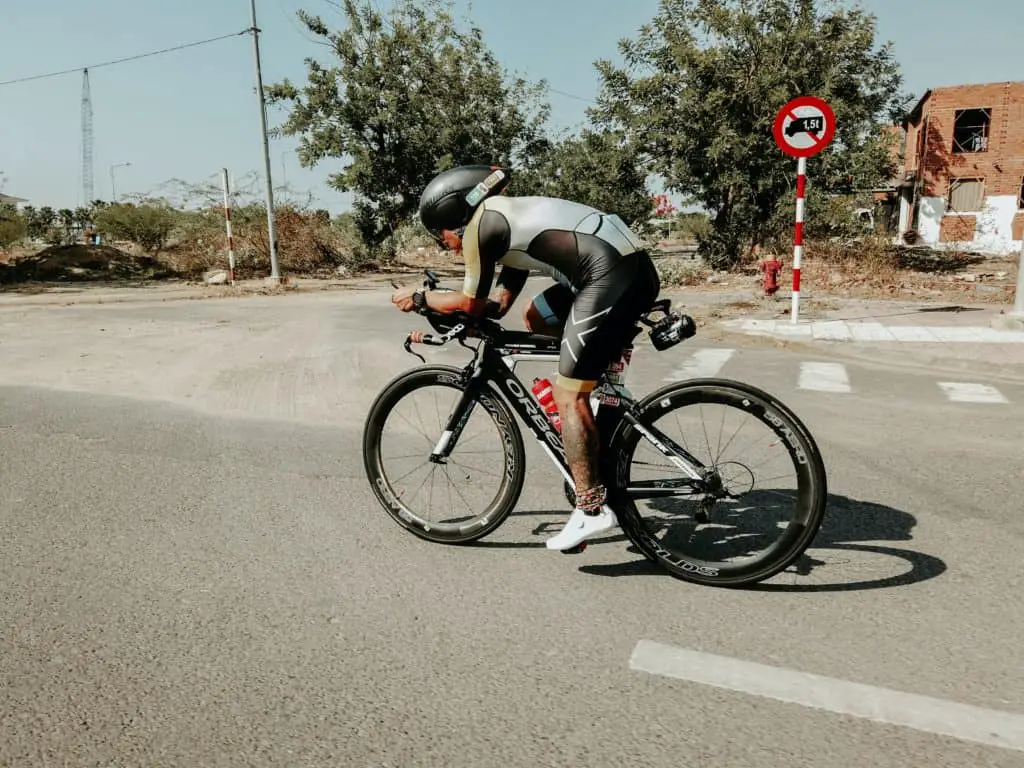
Share on:

